AMERICA’S CUP MATHS
http://www.echalk.co.uk/maths/primarynationalstrategy_yr6/dfes- mathsactivitiesforyear6/sailing.html
ENERGY + MATHS = CRAZY FUN TIMES
http://www.bbc.co.uk/bitesize/ks3/science/energy_electricity_forces/physics_triathlon/acti vity/
Force/Pressure
ENERGY + MATHS PT 2
http://www.bbc.co.uk/bitesize/ks3/science/energy_electricity_forces/energy_transfer_stora ge/activity/
http://www.echalk.co.uk/maths/primarynationalstrategy_yr6/dfes- mathsactivitiesforyear6/sailing.html
ENERGY + MATHS = CRAZY FUN TIMES
http://www.bbc.co.uk/bitesize/ks3/science/energy_electricity_forces/physics_triathlon/acti vity/
Force/Pressure
ENERGY + MATHS PT 2
http://www.bbc.co.uk/bitesize/ks3/science/energy_electricity_forces/energy_transfer_stora ge/activity/



